The American alligator, a magnificent apex predator and living fossil, has roamed the southeastern United States for millions of years. These prehistoric reptiles have survived ice ages, asteroid impacts, and near extinction at human hands. Today, they represent one of conservation’s greatest success stories while continuing to fascinate scientists and wildlife enthusiasts alike. From their extraordinary biological adaptations to their surprising behaviors, alligators are far more complex and remarkable than many realize. Prepare to have your perception of these ancient creatures transformed as we explore seven mind-blowing facts about American alligators that showcase why these reptiles deserve our respect and admiration.
Alligators Have Remained Virtually Unchanged for 80 Million Years
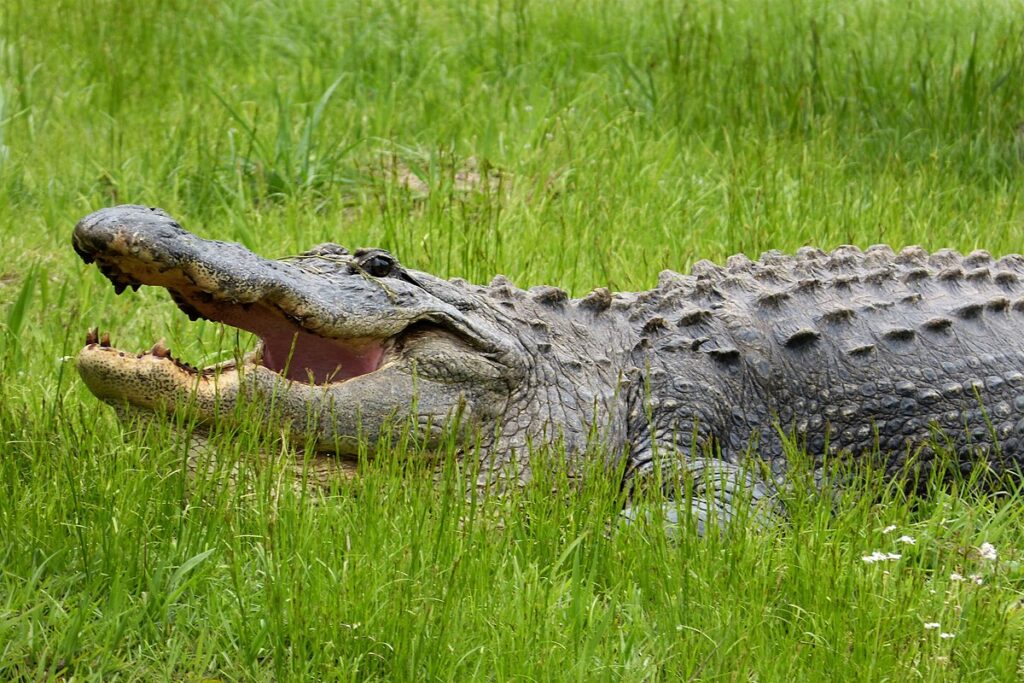
American alligators (Alligator mississippiensis) are living fossils in the truest sense, having maintained their basic body structure and ecological niche since the late Cretaceous period. These remarkable reptiles shared the planet with the last of the dinosaurs and witnessed their extinction, yet continued to thrive with minimal evolutionary changes.
While mammals underwent dramatic evolutionary transformations, alligators maintained their successful body plan with only minor adjustments. This extraordinary evolutionary stability suggests they achieved a nearly perfect design for their ecological role early on, allowing them to survive multiple mass extinctions that wiped out countless other species. Their continued presence in today’s ecosystems provides scientists with a direct window into prehistoric times, making them invaluable subjects for evolutionary research.
Alligators Can Regrow Their Tails
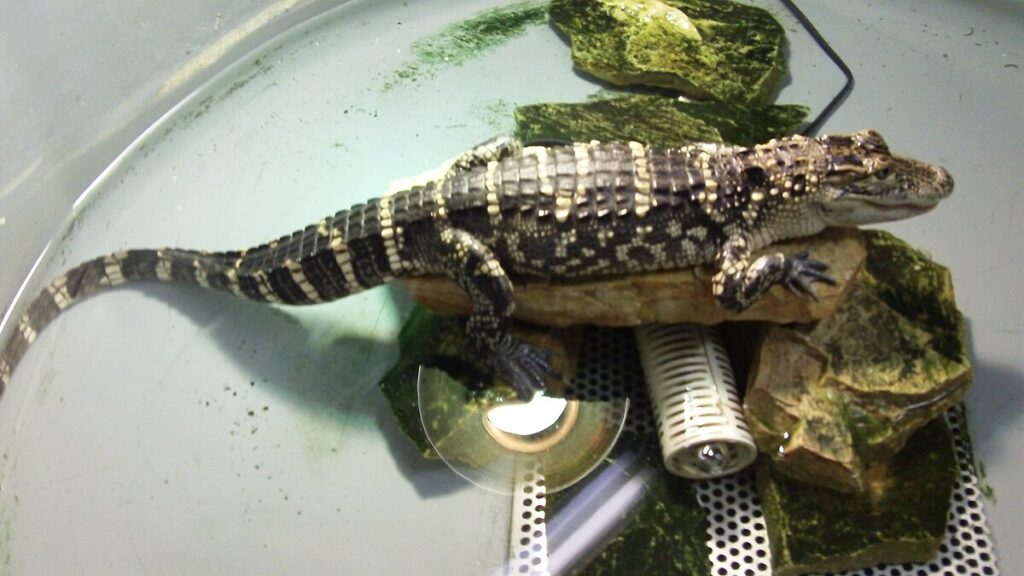
Unlike mammals, which have limited regenerative abilities, American alligators possess the remarkable capacity to regrow their tails if they lose them during early life stages. Scientists discovered that juvenile alligators can regenerate up to 9 inches of their tail when severed, complete with new tissue, blood vessels, and a simplified nervous system. This regeneration ability diminishes as alligators age, becoming minimal in adults, which aligns with their decreasing growth rate and changing metabolic priorities.
The regrown tail differs from the original, featuring a cartilaginous rod instead of vertebrae and lacking the distinctive armored scales of the original appendage. Researchers studying this phenomenon hope it might provide insights that could eventually benefit human medicine, particularly in the treatment of spinal cord injuries and limb regeneration therapies.
Alligator Blood Contains Powerful Antibiotics
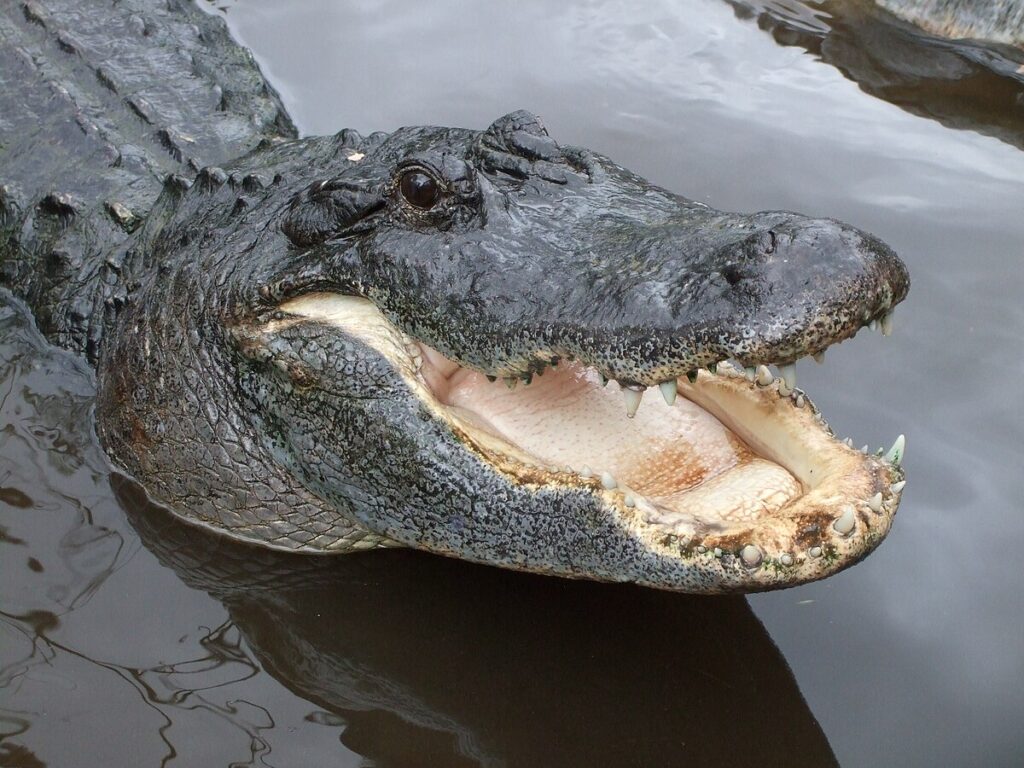
The immune system of American alligators has evolved to be extraordinarily robust, capable of fighting off severe infections that would kill most other vertebrates. Their blood contains powerful antimicrobial peptides that can destroy a wide range of bacteria, viruses, and fungi, including antibiotic-resistant strains like MRSA that pose serious threats to human health.
This remarkable immune capability develops as a response to their environment and lifestyle—alligators frequently sustain serious wounds during territorial fights and mating rituals, yet rarely succumb to infection despite living in bacteria-rich swampy waters. Medical researchers are actively studying alligator blood compounds for potential pharmaceutical applications, with some peptides already showing promise in laboratory tests against human pathogens.
The evolution of this powerful immune system represents a fascinating adaptation that has contributed significantly to the alligator’s evolutionary success and longevity as a species.
They Have the Strongest Bite Force of Any Living Animal
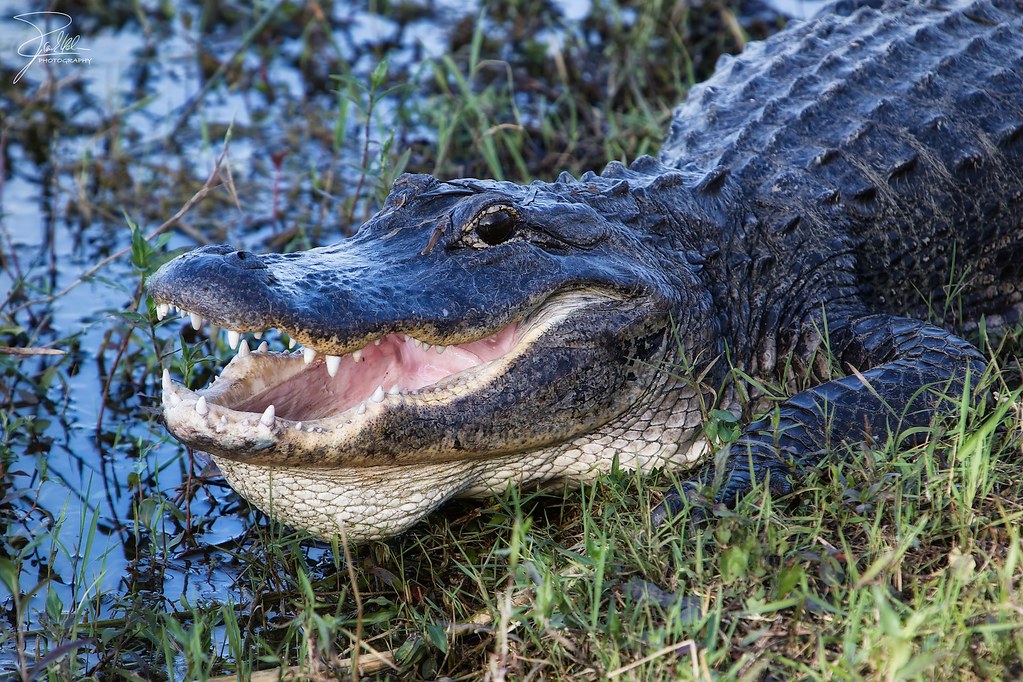
American alligators possess a bite force that ranks among the most powerful in the animal kingdom, with large adult males capable of generating more than 2,000 pounds of pressure per square inch. This extraordinary chomping power allows them to crush turtle shells, snap through large bones, and maintain an iron grip on struggling prey with minimal effort.
The secret to this remarkable strength lies in the specialized arrangement of their jaw muscles and the mechanical advantage provided by their skull structure. Unlike humans, who have the strongest bite at the front of their jaws, alligators generate maximum force with their back teeth, perfectly positioned for crushing rather than tearing.
This specialized adaptation helps explain why alligators have remained such successful predators throughout millions of years of evolution, using their bite force not just for hunting but also for important social displays and territorial defense behaviors.
Alligators Use Tools for Hunting
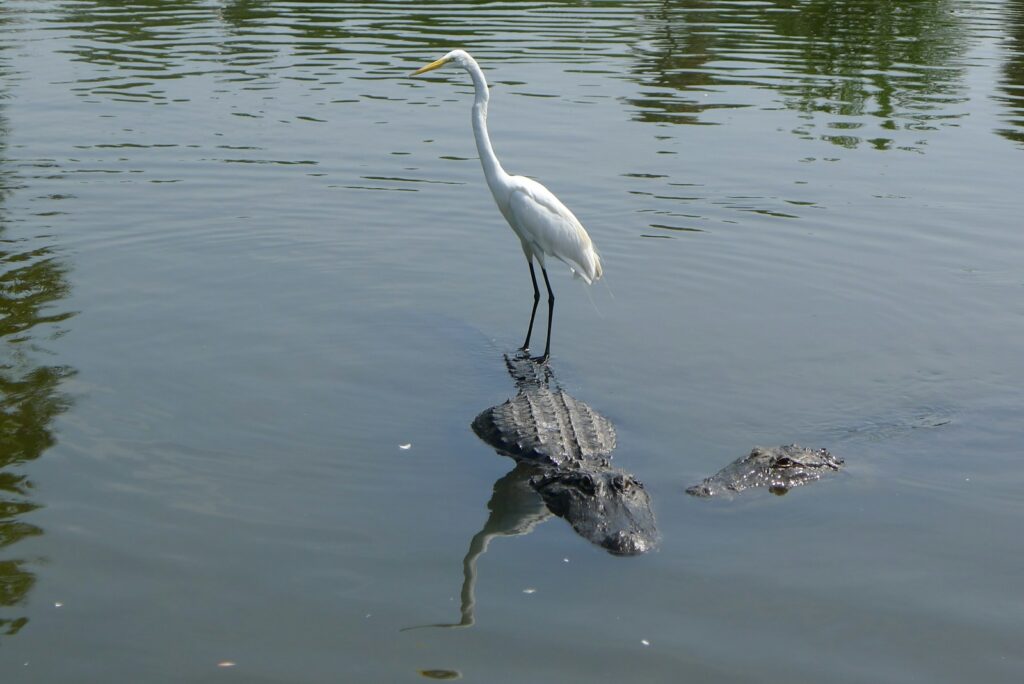
Contrary to the perception of reptiles as purely instinctual creatures, American alligators display a remarkable form of intelligence through their documented use of tools during hunting. Researchers have observed alligators and their crocodilian relatives deliberately balancing sticks and branches on their snouts to lure nesting birds looking for building materials.
This behavior increases dramatically during bird nesting seasons, suggesting alligators recognize the seasonal opportunity and adjust their hunting tactics accordingly. The practice demonstrates not just opportunistic hunting but genuine cognitive ability—the alligators must remain perfectly still, sometimes for hours, while maintaining the precise position of the bait on their snouts.
This sophisticated hunting strategy challenges long-held assumptions about reptilian intelligence and suggests that alligators possess greater cognitive flexibility and problem-solving abilities than previously believed, placing them among the select group of non-mammalian animals known to use tools.
Female Alligators Are Devoted Mothers
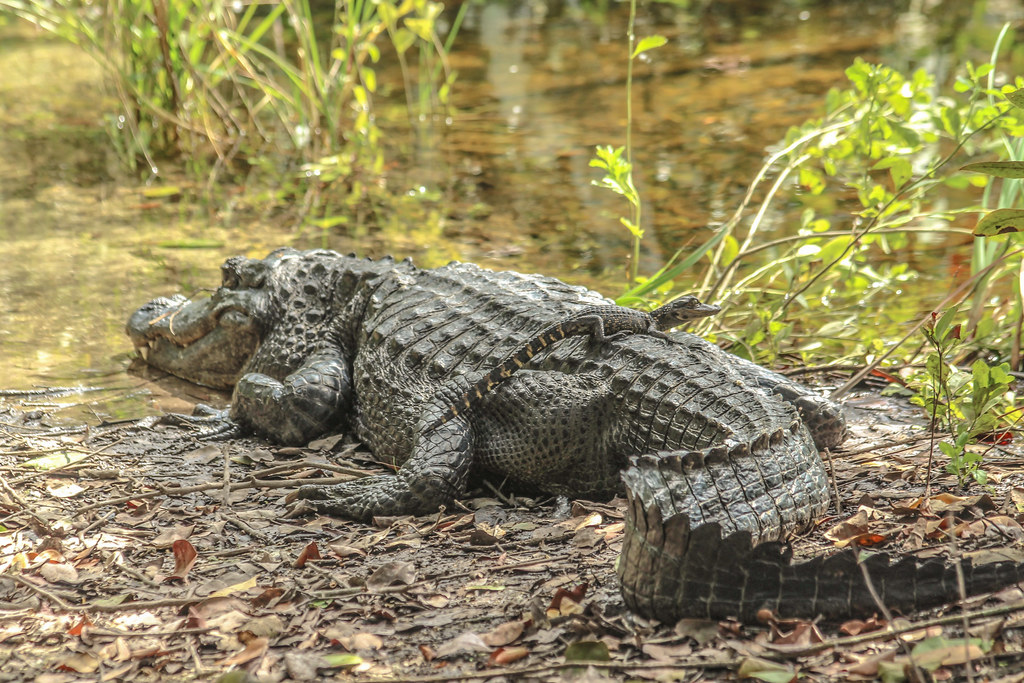
Unlike many reptiles that abandon their eggs after laying them, female American alligators display extraordinarily complex maternal behaviors that rival those of many mammals. A mother alligator carefully constructs a large nest mound of vegetation, which generates heat through decomposition to help incubate her 20-50 eggs during the 65-day incubation period.
Throughout this time, she remains vigilant near the nest, aggressively defending it against potential predators including raccoons, bears, and even male alligators that might eat the hatchlings. When the babies begin to vocalize from within their eggs, the mother gently excavates them and often carries the newly hatched alligators to water in her mouth—a behavior requiring remarkable gentleness from an animal capable of crushing bones with the same jaws.
This maternal protection continues for up to two years, with young alligators staying near their mother and responding to her vocalizations when danger threatens, forming family groups that demonstrate sophisticated social structure rarely seen in reptiles.
Alligators Can Live Without Food for Nearly Two Years

American alligators possess an extraordinary metabolic flexibility that allows them to survive extended periods without eating, far surpassing the fasting abilities of most vertebrates. During cold winter months, alligators enter a state of brumation—similar to hibernation but for cold-blooded animals—where their metabolism slows dramatically, allowing them to subsist on stored fat reserves for many months.
In laboratory studies, large adult alligators have survived for up to 24 months without consuming any food while maintaining basic physiological functions and suffering minimal health consequences. This remarkable adaptation developed as a response to their environment’s seasonal fluctuations and periodic resource scarcity, particularly during drought conditions or cold snaps that limit prey availability.
The alligator’s efficient metabolism and energy conservation abilities represent crucial survival mechanisms that have contributed significantly to their evolutionary success through periods of environmental change and resource instability spanning millions of years.
Their Gender Is Determined by Temperature
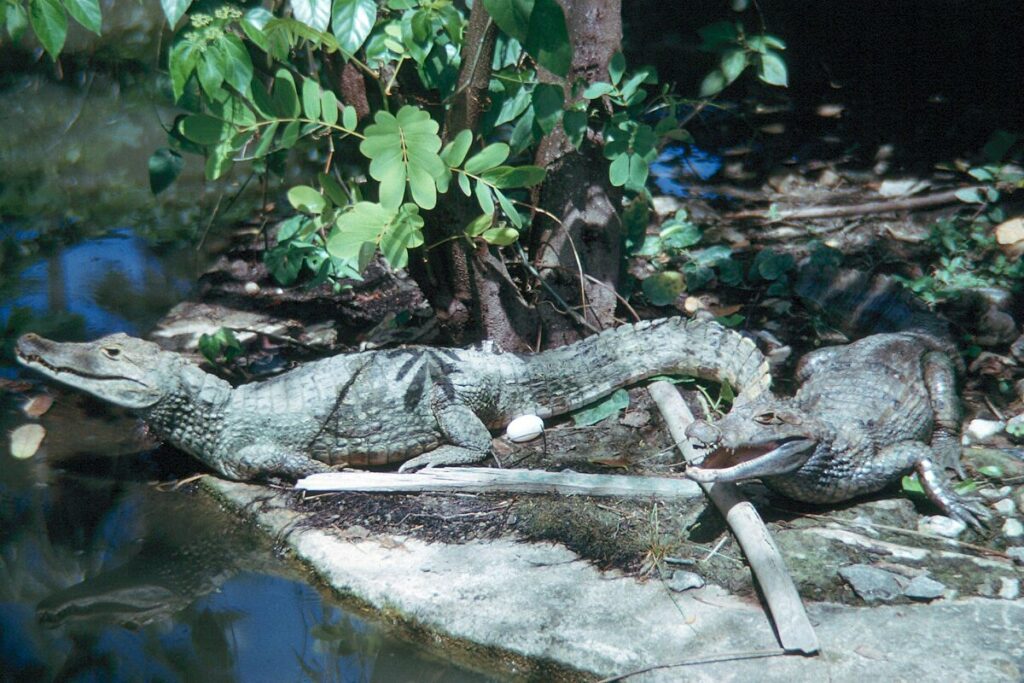
Unlike humans, whose sex is determined by chromosomes at conception, American alligators employ a fascinating system called temperature-dependent sex determination. The gender of developing alligator embryos isn’t fixed genetically but instead depends on the temperature at which their eggs incubate during a critical period of development.
Eggs incubated at temperatures between 90-93°F typically develop into males, while those kept at temperatures below 86°F or above 93°F predominantly produce females. This remarkable biological mechanism means that slight environmental variations can dramatically shift the population’s sex ratio, potentially within a single clutch of eggs from the same mother.
Scientists believe this adaptation may help alligator populations respond to environmental changes over time, as warming or cooling trends would automatically adjust the male-to-female ratio. Climate change researchers monitor this phenomenon closely, as rising global temperatures could potentially disrupt these delicate temperature thresholds and affect alligator population dynamics in unexpected ways.
Alligators Can Go Through Over 3,000 Teeth in a Lifetime
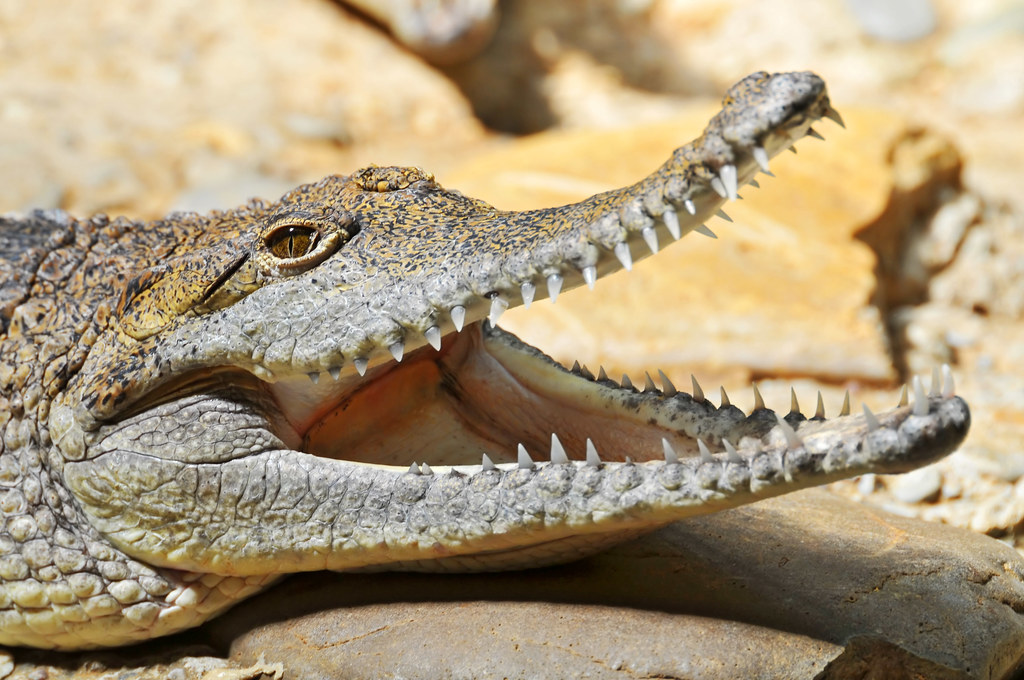
American alligators possess one of nature’s most efficient dental replacement systems, continuously growing new teeth throughout their long lives to replace those that become damaged or worn. Unlike humans with our permanent adult teeth, alligators have no finite limit to their tooth replacement, with each position in their jaw capable of generating up to 50 replacement teeth over their lifetime.
At any given moment, an adult alligator has approximately 80 functional teeth visible in its mouth, but within the jaw lie multiple developing replacement teeth waiting in specialized cavities. When an old tooth falls out, a new one emerges within just a few weeks, ensuring the alligator maintains its formidable dentition for effective hunting and defense.
This remarkable continuous tooth replacement system, combined with specialized conical tooth shapes optimized for gripping rather than chewing, represents a key evolutionary adaptation that has contributed significantly to the alligator’s success as an apex predator for millions of years.
Alligators Create Vital Habitat for Other Species
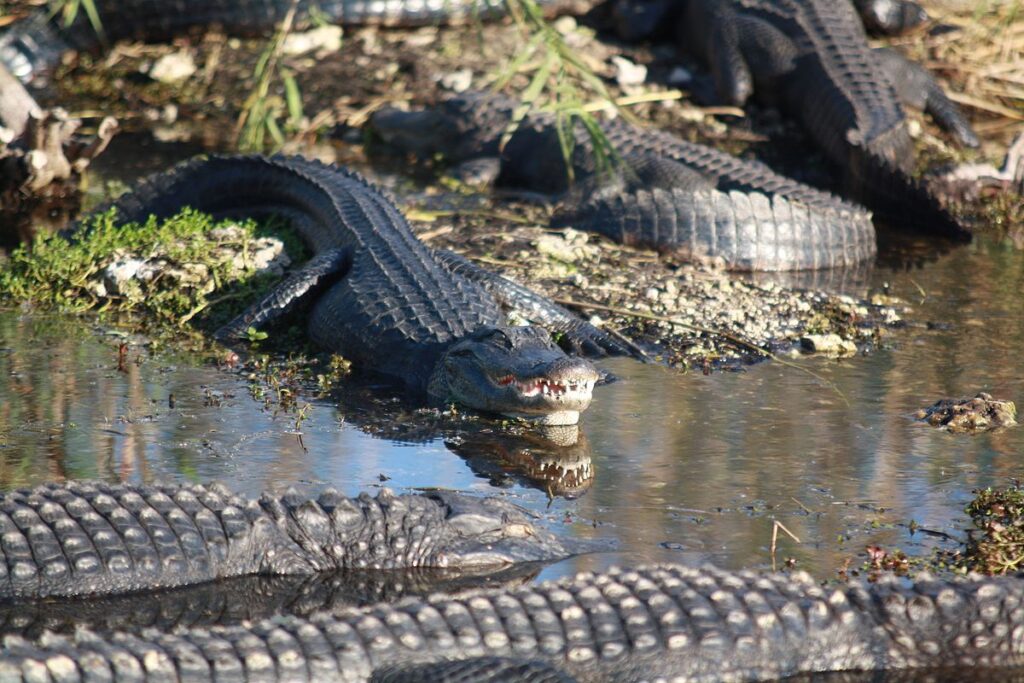
American alligators function as ecosystem engineers, physically modifying their habitats in ways that benefit countless other species. During dry seasons, alligators excavate deep depressions called “gator holes” that retain water when surrounding areas dry up, creating crucial refuge habitat for fish, turtles, wading birds, and even mammals during drought conditions.
These alligator-maintained aquatic refuges can be the difference between survival and local extinction for many species during extreme weather events. Additionally, abandoned alligator nests provide elevated, nutrient-rich microhabitats that support specialized plant communities and offer nesting sites for other reptiles.
Research has documented significantly higher biodiversity in wetlands with healthy alligator populations compared to similar habitats without them, demonstrating their keystone role in maintaining ecosystem complexity and resilience. This ecological function underscores why alligator conservation extends far beyond protecting a single species—it preserves entire wetland ecosystems and the complex web of life they support.
Alligators Have a Complex Vocal Repertoire
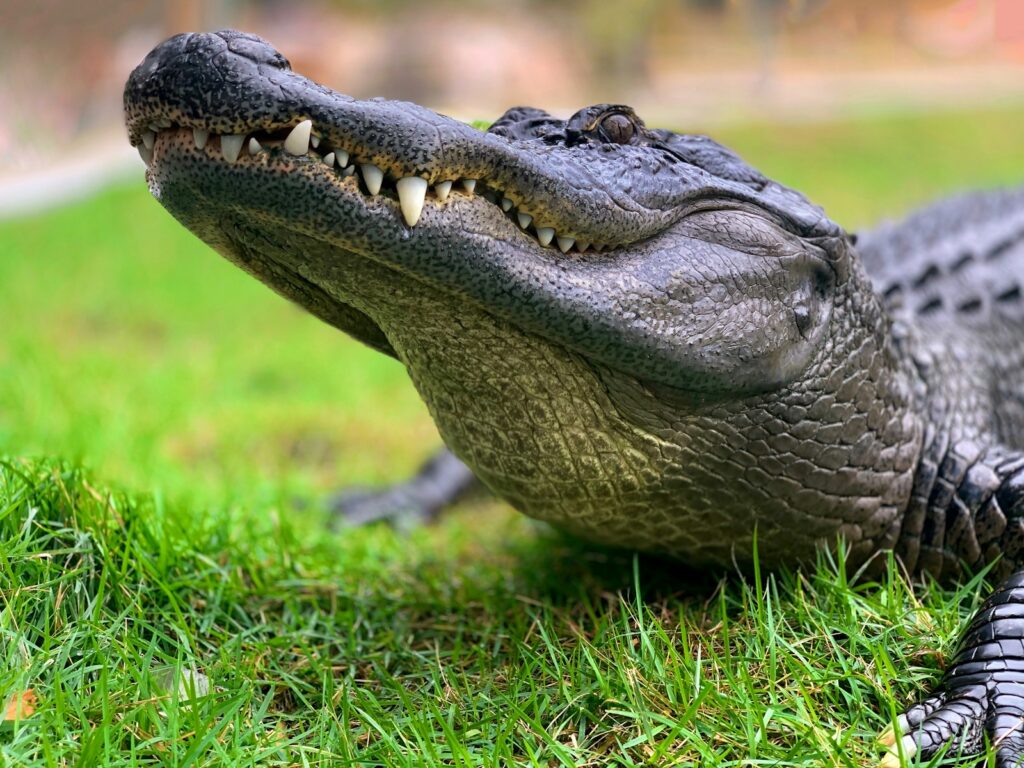
Contrary to popular perception of reptiles as silent creatures, American alligators possess a sophisticated vocal communication system that includes at least a dozen distinct vocalizations serving different social functions. Male alligators produce impressive “bellows” during mating season that include both audible roars and infrasonic vibrations too low for human ears but powerful enough to make the water “dance” above their submerged bodies—a visual display that complements their acoustic signals.
Females employ specialized grunts to communicate with their young, who respond with high-pitched yelps when in distress or seeking maternal protection. Researchers have documented specific alarm calls, territorial warnings, and courtship vocalizations that demonstrate far more complex social interactions than previously recognized in reptiles.
This elaborate communication system challenges traditional views of reptilian behavior and cognitive abilities, suggesting alligators maintain more sophisticated social structures and relationships than scientists had historically attributed to them.
Alligators Represent an Extraordinary Conservation Success Story
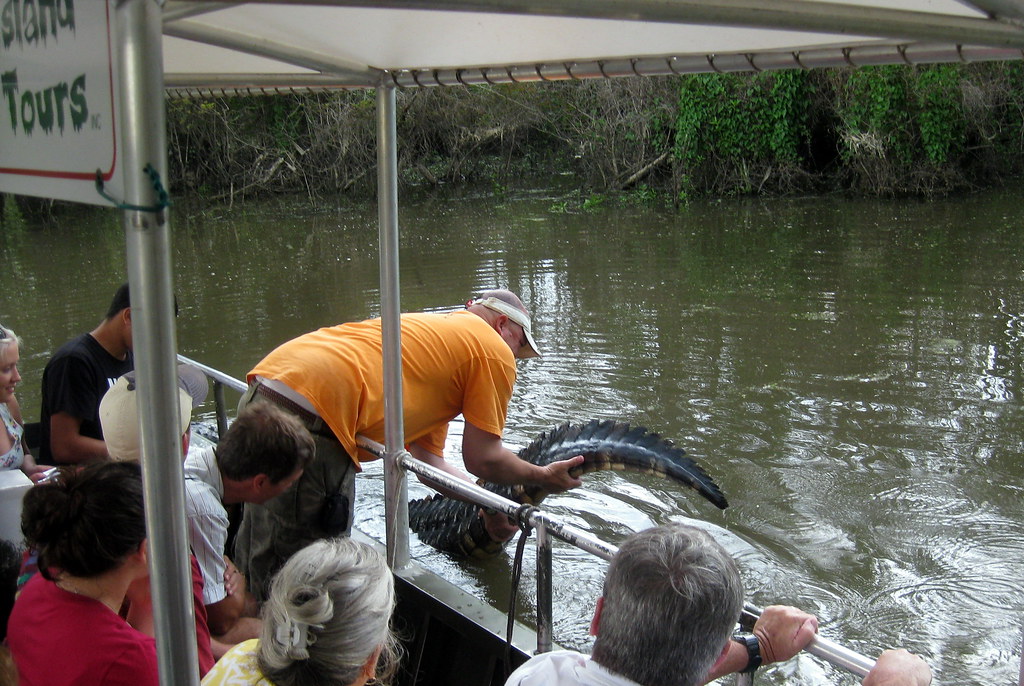
The American alligator embodies one of wildlife conservation’s most remarkable comeback stories, having recovered from the brink of extinction to a thriving population of over 5 million individuals today. By the 1960s, unregulated hunting and habitat destruction had decimated alligator numbers across their range, prompting their listing as an endangered species in 1967.
Through strict protection, habitat preservation, and carefully managed sustainable use programs that gave landowners economic incentives to maintain wetland habitats, alligator populations rebounded dramatically within just a few decades. Their recovery was so successful that by 1987, the species was declared fully recovered and removed from the endangered species list, though it remains protected under controlled management programs.
This extraordinary conservation success demonstrates how effectively wildlife populations can recover when given adequate protection and habitat, while also providing a template for endangered species recovery programs worldwide that balance ecological needs with human economic considerations.
The American alligator stands as a testament to nature’s remarkable engineering and evolutionary perfection. These ancient reptiles have survived through cataclysmic events that eliminated countless other species, developing extraordinary adaptations from their powerful immune systems to their remarkable maternal behaviors.
As apex predators and ecosystem engineers, they shape the wetland environments they inhabit, creating biodiversity hotspots that benefit countless other species. Their recovery from near-extinction represents not just a conservation triumph but a second chance to appreciate and study these living links to our prehistoric past.
By understanding and respecting these magnificent creatures, we gain insights into resilience, adaptation, and the complex interconnections that sustain healthy ecosystems—proving that sometimes the most mind-blowing facts about nature come from species that have been perfecting their remarkable traits for millions of years.

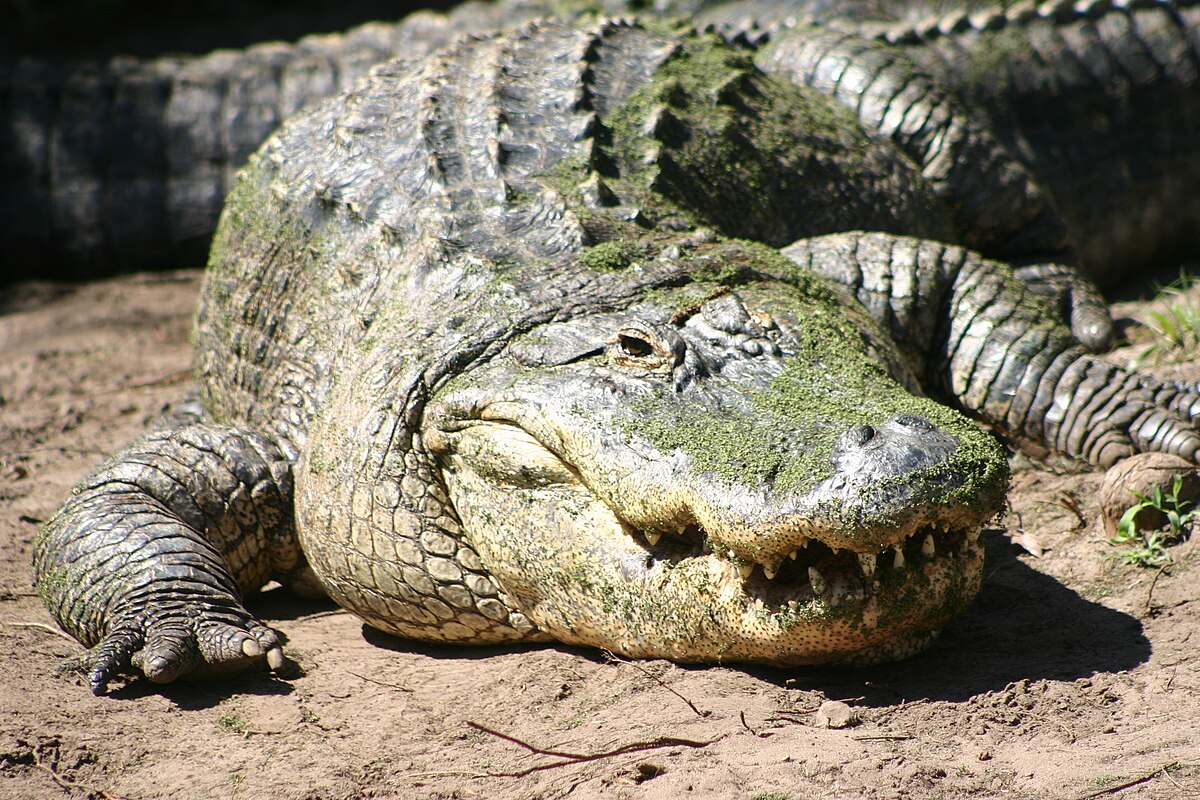

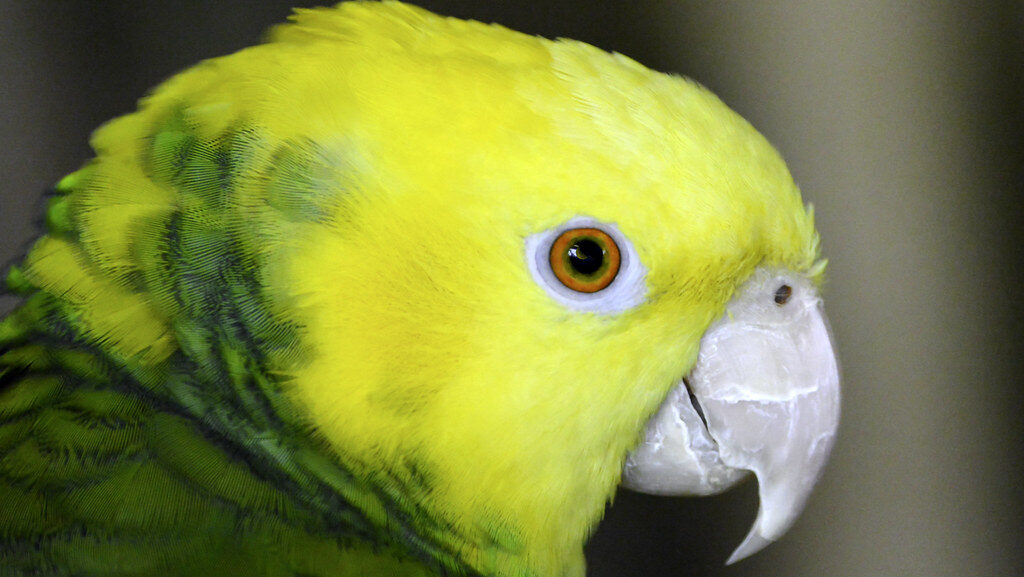
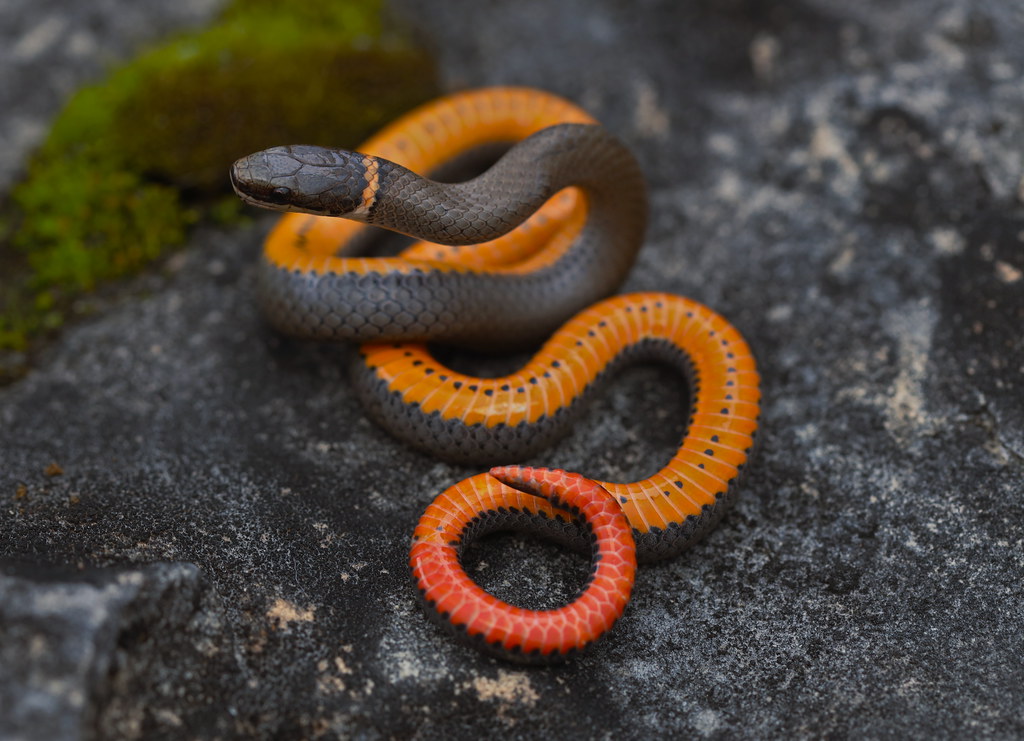
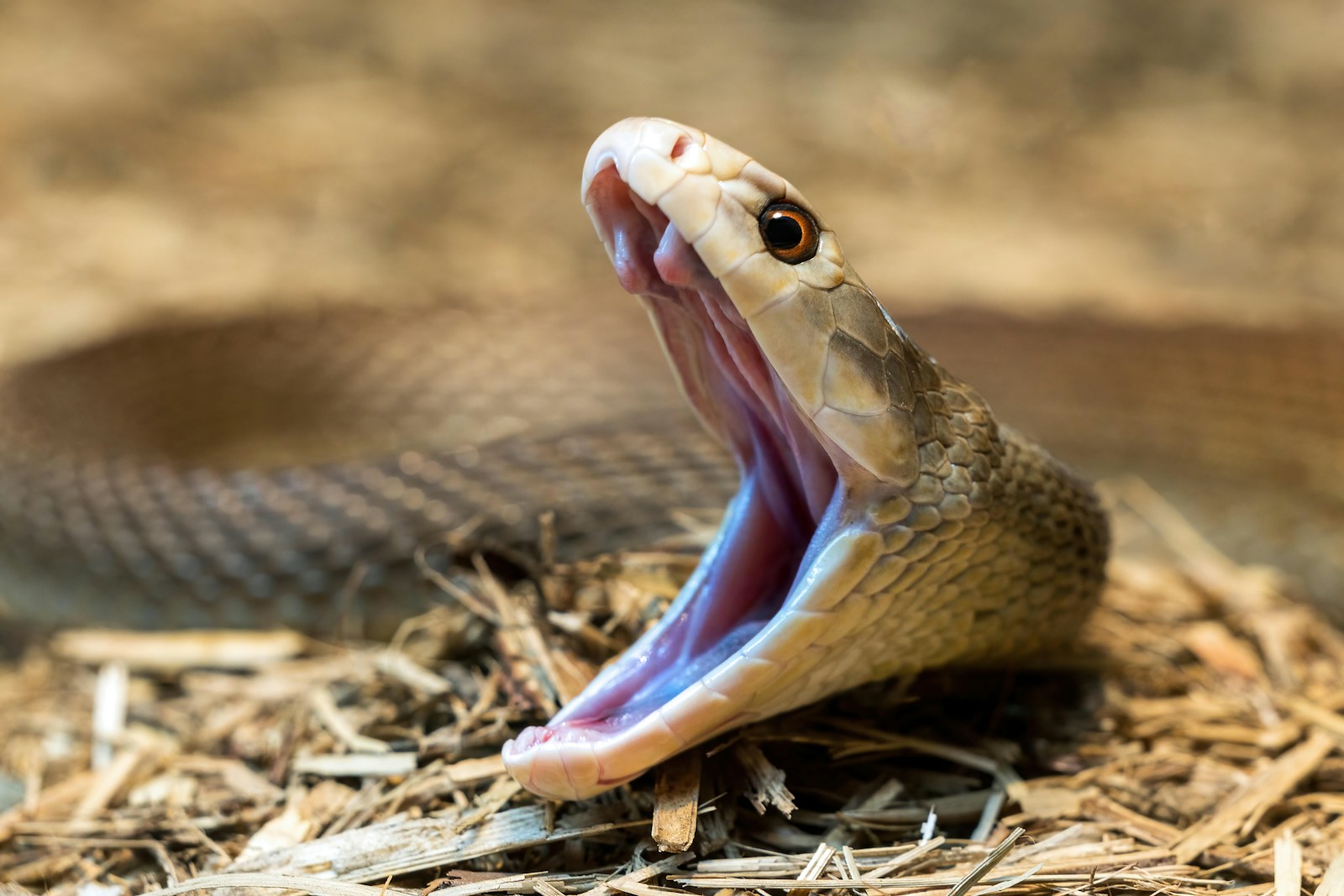
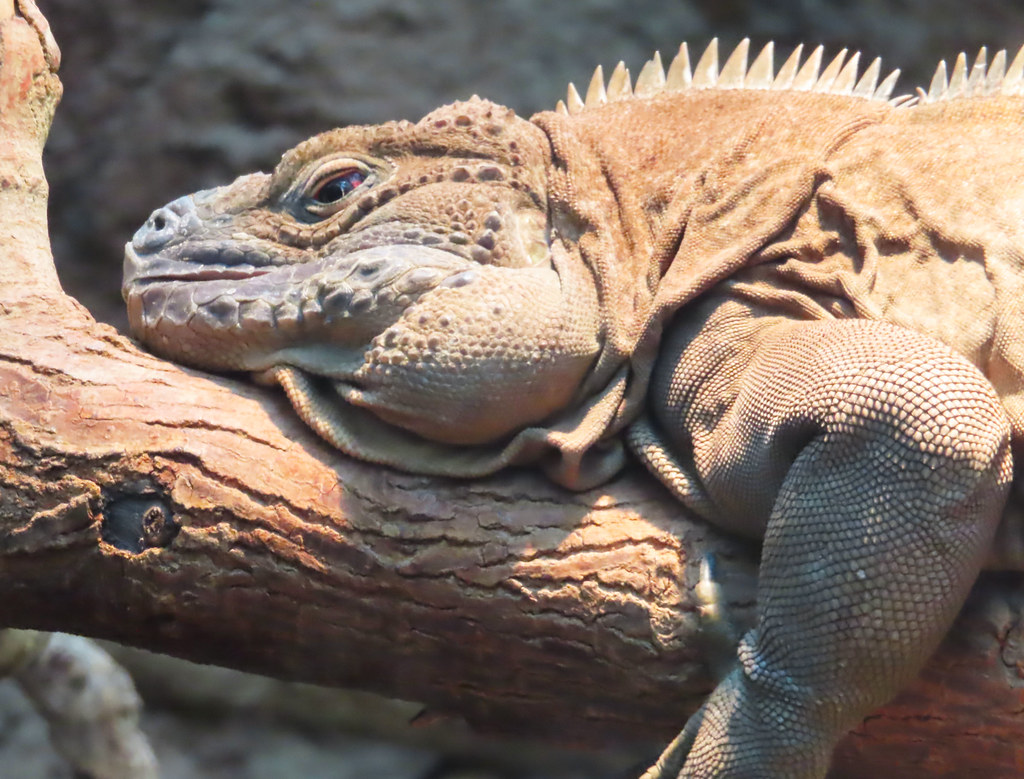
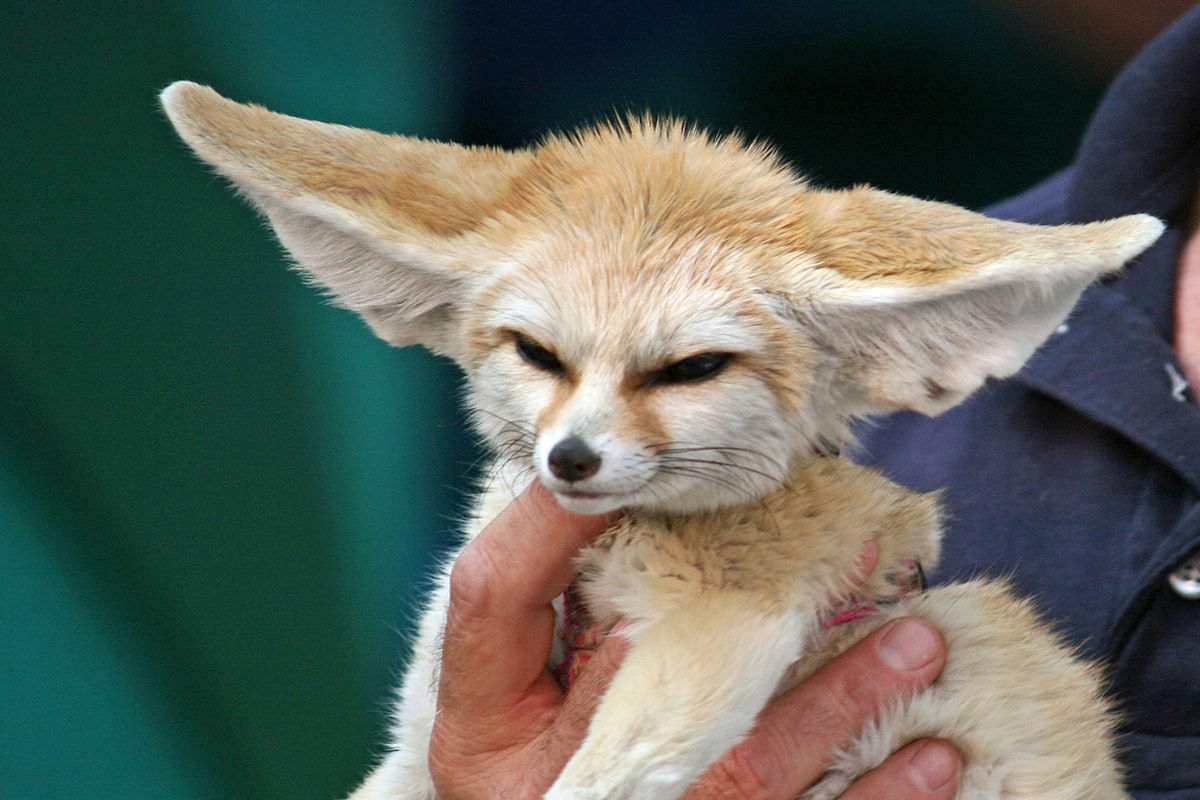
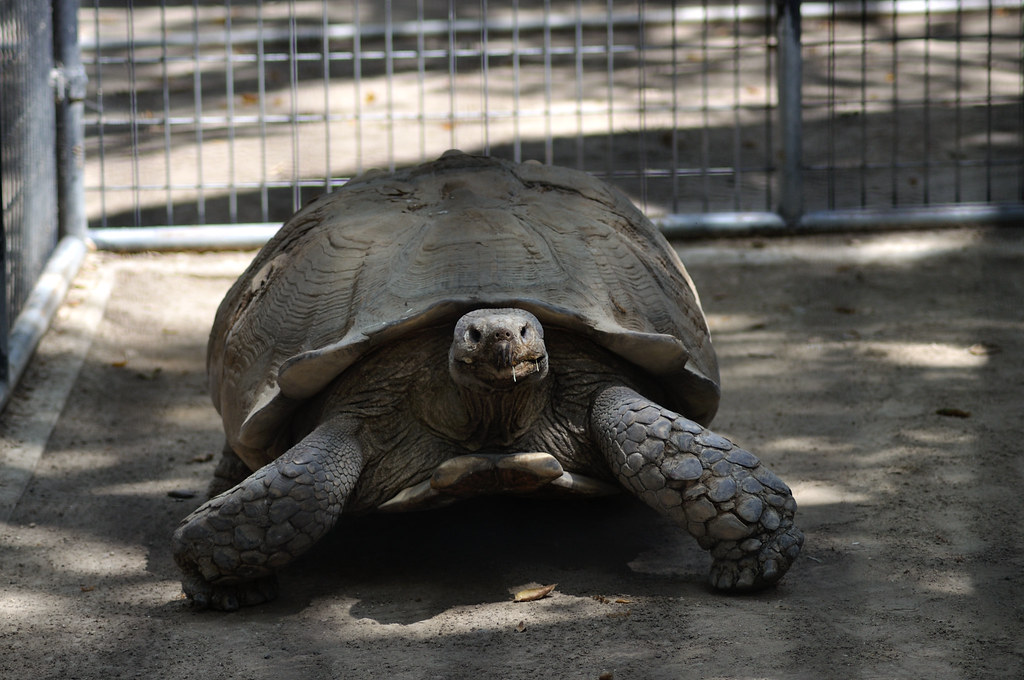
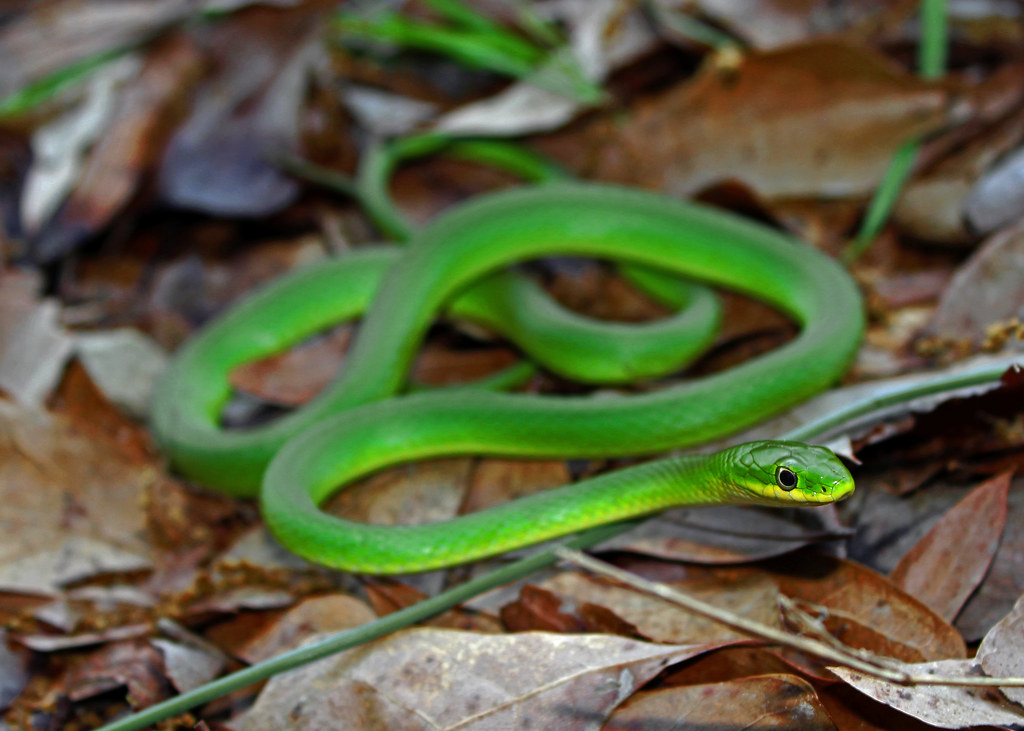
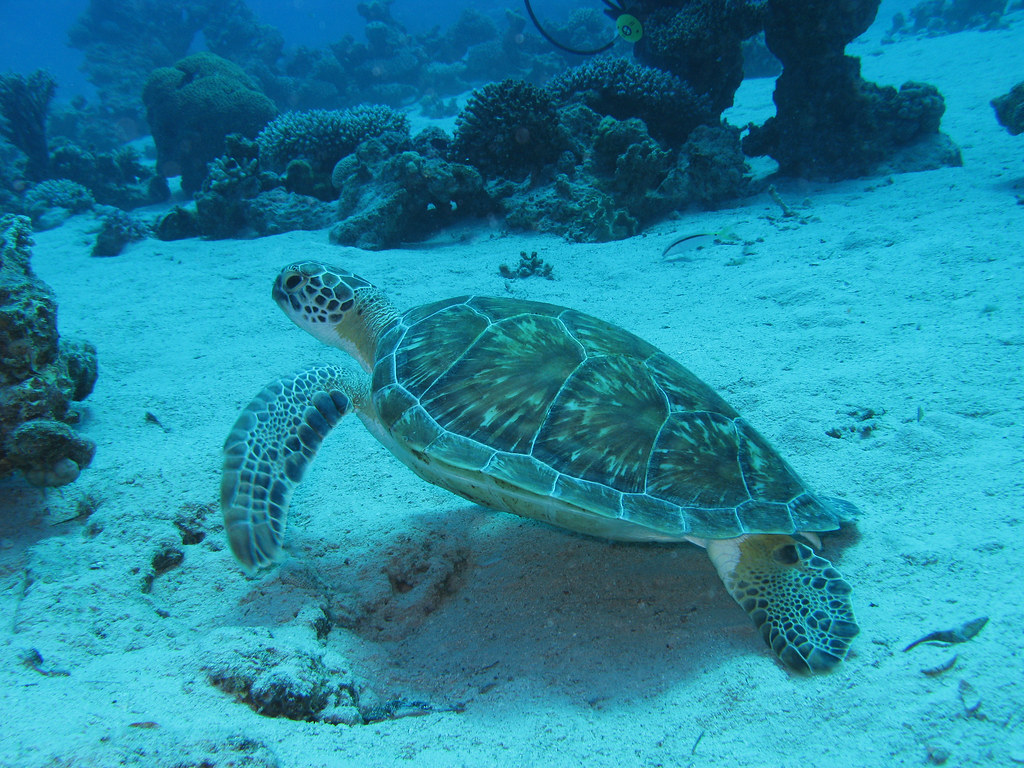
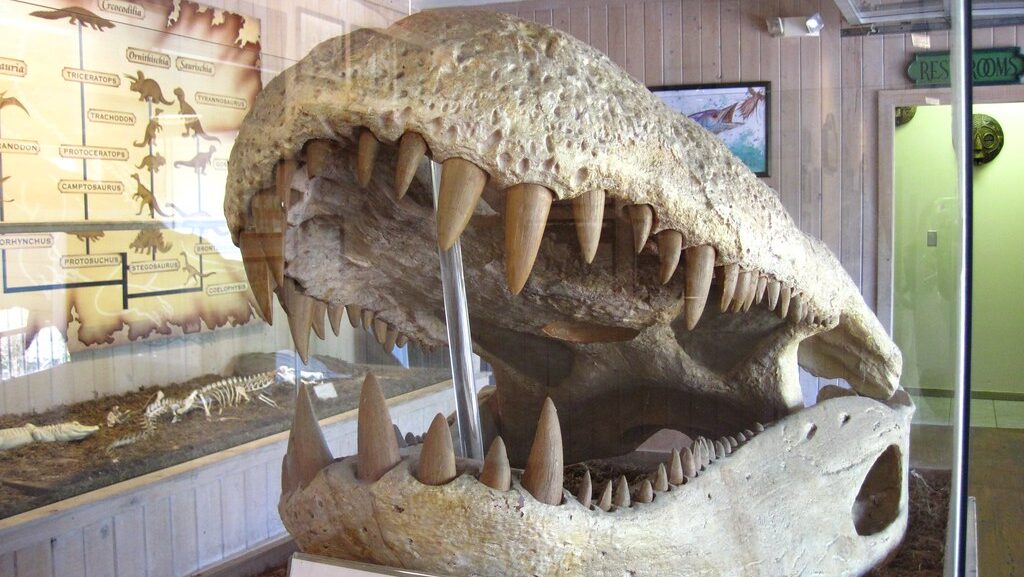



Leave a Reply